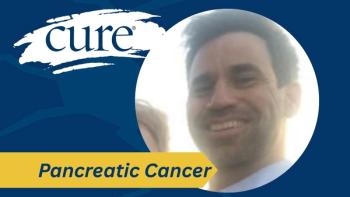The news of Patrick Swayze's death on Monday night was unexpected, but not shocking. Pancreatic cancer is such a horrible disease, with a five-year survival rate of only 5 percent. The fact that he was able to work throughout much of his treatment and lived for nearly two years after his diagnosis is a silver-lining to this sad ending.Swayze's death will certainly put pancreatic cancer more on the public radar, something this rare, but deadly disease is often lacking--awareness and funding for research. The Pancreatic Action Network, the national non-profit organization dedicated to ending pancreatic cancer, noted that although more than 42,000 people will be diagnosed and more than 35,000 will die each year of the disease, it is still "the most under-funded among leading cancer killers with less than 2 percent of the National Cancer Institute's annual research budget--a figure far too low given the severity of the disease."Swayze did much to raise awareness of the disease and fought for increased spending for cancer research. In February, he penned a piece in the Washington Post, "I'm Battling Cancer. How About Some Help, Congress?" where he made a case for increased cancer research funding for the National Institutes of Health as part of the economic stimulus package. And he appeared in the September 2008 TV event "Stand Up to Cancer," where he said: "I keep dreaming of a future, a future with a long and healthy life, a life not lived in the shadow of cancer, but in the light. ... I dream that the word `cure' will no longer be followed by the words 'it is impossible. ... The longer we do nothing, the more people will die.' "Thank you, Patrick, for the memories and your legacy as a cancer survivor.
